Lemon trees can easily grow from seed and thrive indoors (or in warm places outside) with minimal care. Lemon trees are the easiest fruit trees to grow indoors. All they need is a sunny window, proper soil, and patience. Before we learn how to grow a Lemon tree from seed today, let’s talk about a few essential things you should know. Below are simple step-by-step instructions on how to grow Lemon tree from seed.
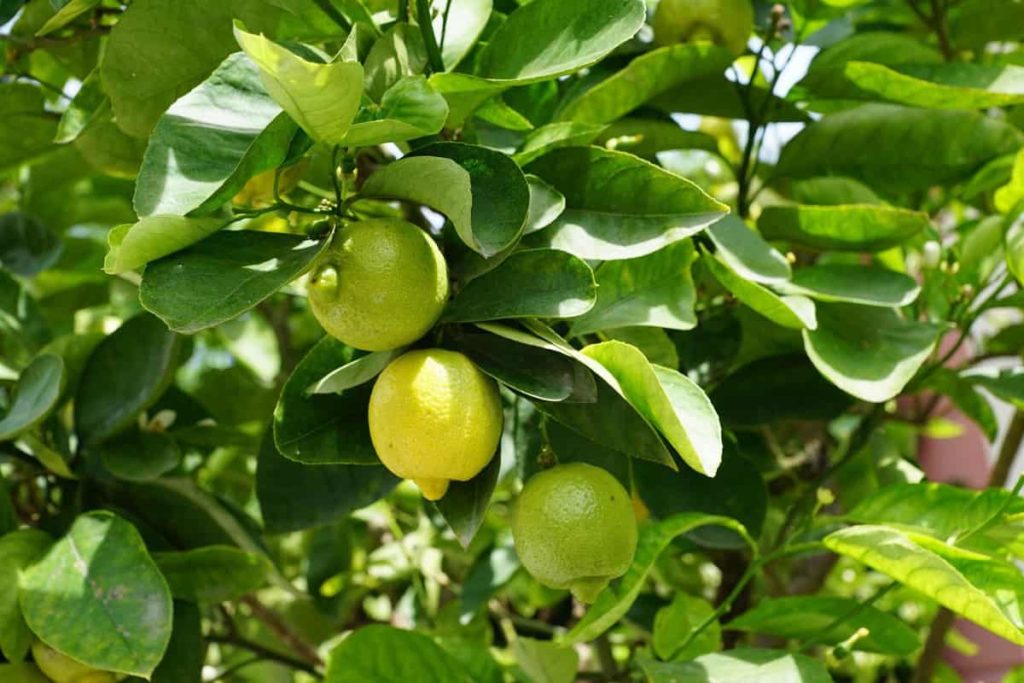
Different types of Lemon trees growing from seed
Meyer Lemon tree is an important Lemon variety. Lisbon Lemons are one of the most popular and commercially available Lemons. Other Lemon trees include pink variegated, Eureka, Bearss Lemons, Primofiori, Verna, Avon, Greek Citron, and Ponderosa.
Soil management for growing Lemon trees from seed
Prepare potting soil in a separate bucket for healthy plant growth. Put some soil in a big bucket and add water until it gets damp. Mix the soil with your hands or trolls until it is evenly moist. Do not let the soil get wet; otherwise, the seeds will rot.
You will need well-drained soil. Lemon trees love water, but they hate sitting in it. Mixing pasteurized clay and pasteurization removes any bacteria that can kill the Lemon seeds. Consider getting a soil mixture of peat, perlite, vermiculite, and organic fertilizer. It will provide proper drainage and nutrition to your seeds.
Lemon tree seed germination
Unlike some seeds that require a germination period in paper towels or water, the Lemon seeds should be applied as soon as they’ve been rinsed. Apply wet Lemon seeds in a small pot with drainage holes, using pasteurized soil mix (Part of pasteurization is important, as it improves the chances that your Lemon seeds will germinate without problems). During this process, you can plant several seeds in one pot.
Seeds need to be planted at a depth of only 1/2 inch to spread the seeds successfully; the soil should be gently moistened with water and covered with a plastic wrap to keep the growing environment moist. Lemon seeds must be kept in a warm environment, about 21°C, during the initial germination period. If your home is cold, the top of the refrigerator is a good place to keep pots.
In case you missed it: Top 15 Steps to Boost Lemon Yield: How to Increase Fruit Size, Production, and Quality
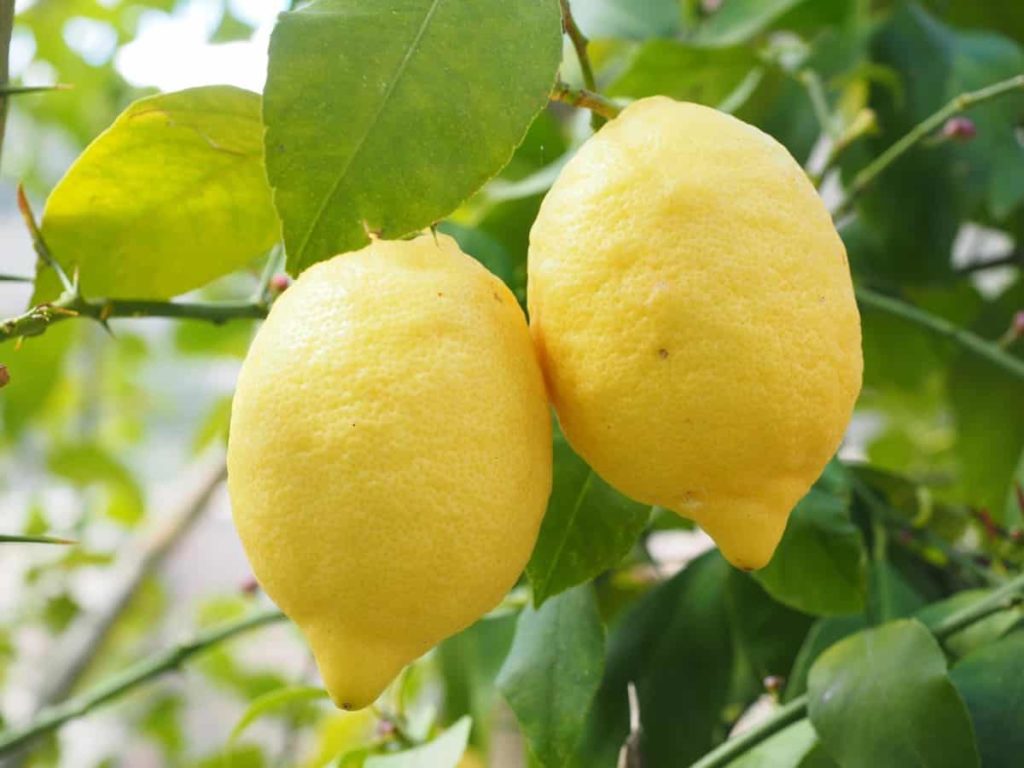
Depending on the seed and germination conditions, you should see growth in 1 to 3 weeks. As soon as you see the plants sprouting in the soil, remove the plastic wrap and place the pot in a warm, bright place. When the plants have many leaves, it is time to transplant them into large pots. Using a pasteurized soil mix, carefully transfer the seeds to containers 4 to 6 inches in diameter. As the tree grows, replant it in a larger container so that it matches its size and the plant gets a good harvest in the spring.
How to grow Lemon tree from seed: Step-by-step process
Step 1: Moisten the soil, so it is completely moist, and then fill the planting pot about an inch below the edge.
Step 2: Cut open your Lemon and then remove a seed. The seeds should stay moist when buried.
Step 3: Place it about half an inch below the center of the pot, and then cover the top with a light water spray.
Step 4: Cover the pot with a clean plastic wrap, seal the edges, and make small holes in the top of the pot before placing it in direct sunlight. (Remember to keep hydrating and never let the soil dry out, but don’t spray too much.)
Step 5: Keep the pot with the seeds in a warm place, such as on top of your refrigerator, until the seeds germinate. Light is not needed for this first period, but once the plants begin to appear, they will need light. If they are in a dark place, take them to a place where there is light for many hours every day.
Step 6: Direct sunlight is not necessary, but bright light is essential. After about two weeks, a plant will emerge. Remove the plastic lid, but keep the soil moist.
Step 7: Ensure that the young plant receives eight hours of light daily and the required amount of organic fertilizer.
Step 8: When the plant emerges from its plant pot, place it in the planting pot and be sure to repeat the above watering steps. Older Lemon plants need less water than their younger counterparts, but they keep the soil moist and fertile.
In case you missed it: Lemon Tree Grafting Methods; Types of Lemons
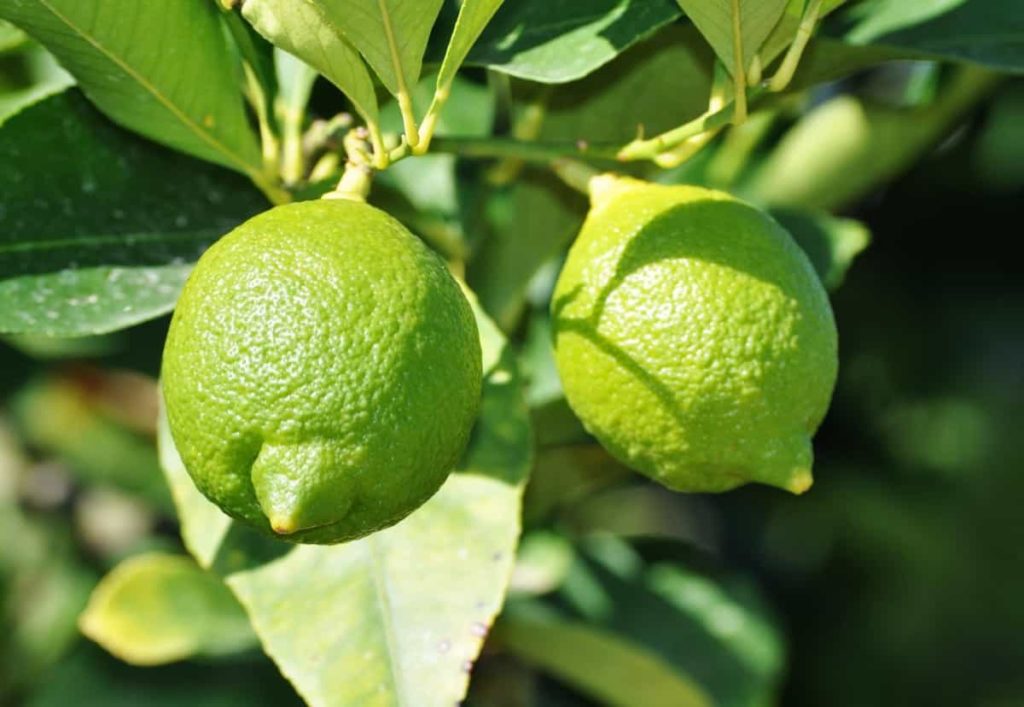
Step 9: Healthy Lemon trees begin to bear fruit after their third year. A tree can produce a continuous crop yearly under suitable climate and soil conditions. After a tree has blossomed, it takes 4-12 months before it is cut down, which is usually between summer and winter.
Paper towel seed germination for Lemon seeds
The easiest way to grow Lemon seeds is through paper towel germination. It is the simplest way to germinate a Lemon tree.
- Collecting the best quality Lemons in the market
- Extracting the seeds and identifying the fertile ones
- Preparing paper towels and seeds
- Placing seeds inside paper towels
- Ensuring environment for germination
- Seedling care
- Seed transplanting in pots/bags.
Process
- Choosing excellent and healthy seeds for the Lemon tree to grow from seed is essential.
- Collect 5-10 seeds that look healthy and large.
- Clean the seeds with a paper towel. If unsure about the good or bad of seeds, you can take selected seeds in a glass of water. If a seed floats in water, avoid this type of seed. Because those seeds will not grow, if you choose small and unhealthy seeds, they may not grow and maintain the condition of the main tree.
- Take a paper towel. Then, dilute it with water. Place the soaked towel on a flat surface and smooth it out. Drain off excess water with a paper towel.
In case you missed it: Organic Lemon Farming – Production Business Plan
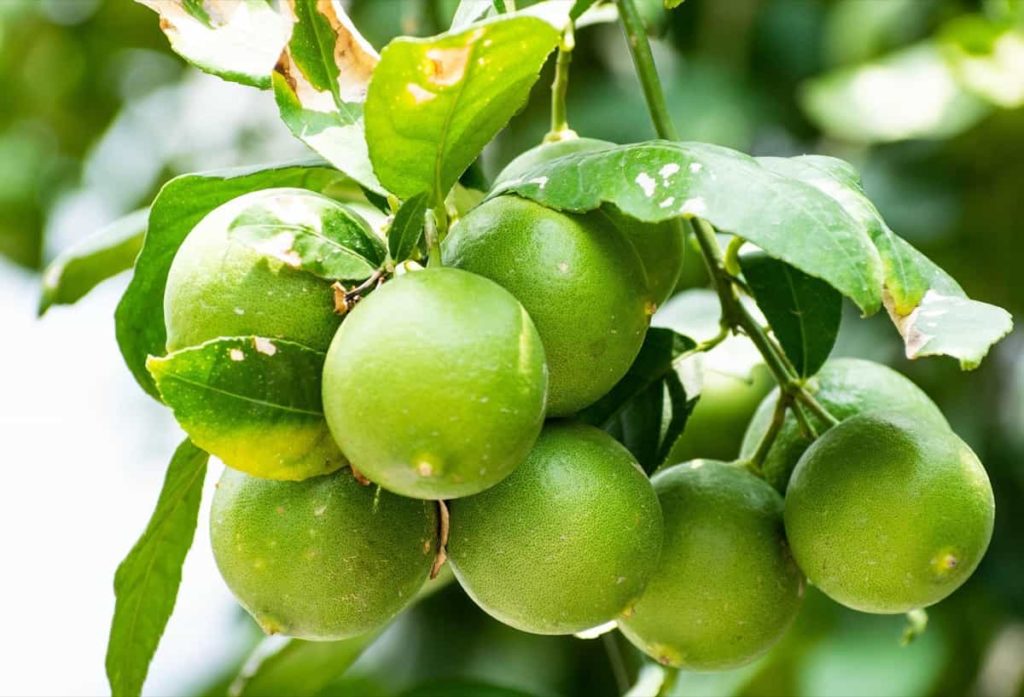
- Moisten a few sheets of paper towel and place the seeds on them at least an inch apart in each direction to leave room for the roots to grow.
- Place the seeds on a paper towel at a standard distance. After that, carefully cover the towel with another paper towel. Then place the paper towels in a plastic zipper bag. If the paper towel is too large, you need to fold the towel carefully to fit the zipper bag. Remember to leave some air in the zipper bag. Lemon seeds need moisture, heat, and air to germinate.
- Cover with another layer of damp paper towel and place in a food storage tub with a lid or food storage bag.
- You want the seeds to be in contact with warm moisture. Not too moist. And don’t let them dry out. Attach your plant tag to the binder clip and keep everything in a warm, dark place.
Best fertilizer for Lemon trees
You can keep your Lemon trees happy by giving them water-soluble nitrogen and potassium-rich fertilizers every two to four weeks during the warmer months. Ensure the surrounding soil is good and stay moist (but not too watery or wet).
A common mistake in winter is to fertilize Lemon trees when they are indoors. People were shocked to see the leaves falling from the trees. They start watering and fertilizing more, which is the exact opposite of what trees need. If the leaves begin to fall indoors in winter, reduce watering, stop fertilizing and leave the trees inactive. When they are back in the bright light, they will back up in the spring.
Water your Lemon tree weekly
- If your Lemon tree does not get enough water, the natural salts it produces can accumulate in the soil. Keep the soil moist to prevent root rot but not waterlogged.
- If using stagnant tap water, you may need to lower the water pH before watering your tree. Adding one tablespoon (15 ml) of white vinegar to 1 gallon (4 liters) of water will usually work.
- If your tree’s leaves are drooping, then your tree needs more water.
Process of growing a Lemon tree in a pot
Select a pot or container 25% larger than the plant’s root ball. Pottery is ideal because it is unsafe and evaporates water from the sides, unlike plastic.
When you’re in the nursery, pick up a 14-inch pot – plastic works well because it retains the heat that the Lemon plant likes. It is fine if you prefer terracotta. Make sure there are enough holes in the pot or container for proper drainage. The potting soil quality and type are also crucial for plant growth.
To grow high-yielding plants, use well-drained mixes with high organic matter and old manure. If you are growing a Lemon tree on a balcony or other small space, take care of the thorns, and place the plant in a corner.
Lemon trees growing in containers are more susceptible to sucking branches. These are the branches that grow from the roots of the plant. The desired tree in nurseries will be planted on a hard root to grow a hardy tree. Under stress, the root canal will try to occupy the tree. If you see a sucking branch growing from under a Lemon tree, cut it down immediately.
In case you missed it: Lemon Flower and Fruit Drop, Causes, Control Methods
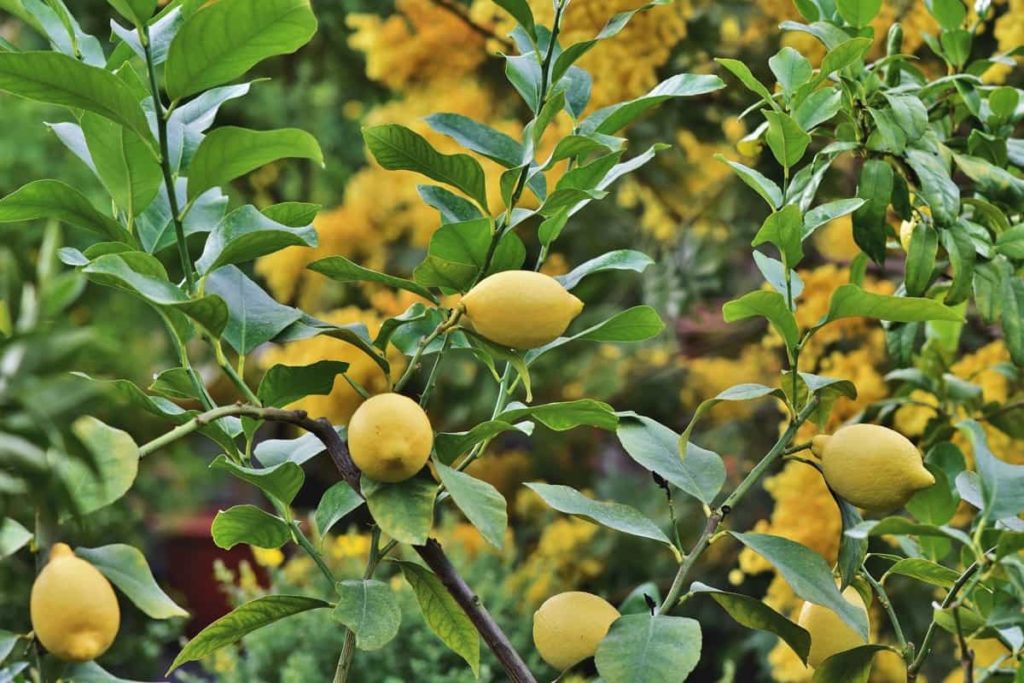
Pests and diseases control in Lemon trees
Pests such as mealy bugs, spider mites, aphids, and scales are sometimes attracted to it. Keep an eye on them. If you notice an infection, apply insecticide soap, neem oil, or pesticides.
Pruning lemon trees
Perform only light pruning on your Lemon tree. Too much pruning will reduce your yield, but occasional pruning can be helpful. To control the height and spread of your tree, remove dead, broken, and diseased branches as space allows. Lemon trees can be cut down all year round when grown indoors. Pruning is unnecessary, but if you do not prune your Lemon tree, it will grow very fast.
In pots, it is best to control the growth of your tree with very regular pruning. Shorten each new shoot to less than half its length, carefully cutting just above a leaf. As a result, the shape of your Lemon tree will remain good and firm. Regularly remove dead wood and clean the inner branches of your Lemon tree so that light enters the center.
When and how to harvest Lemons
Picking Lemons by hand from a Lemon tree indoors. The Lemon harvest season is from November to March. You will ensure the best ripening of Lemons by protecting the tree from freezing and keeping the soil around it slightly moist. Lemons begin to ripen in the spring and ripen slowly in the winter. Protecting the Lemon tree from the cold and extreme heat inside the house is important. If you ever have to bring your Lemon tree indoors to prevent it from freezing, do your best to keep the air moist.
Frequently asked questions about Lemon tree( (FAQ)
How difficult is it to grow a Lemon tree from seed?
Yes. Propagating Lemon seeds is a relatively simple process. However, you may need to be patient and understand that you will not get the same Lemons from the experience of growing Lemon seeds. Commercially grafted Lemon trees are similar to parent trees and bear fruit within two to three years.
What is the fastest way to grow Lemon seeds?
The Lemon seeds will germinate faster if the sprouts do not have to break the seed’s skin. Another way to speed up the germination of Lemon seeds is to soak the seeds in warm water overnight.
Do Lemon trees need too much sun?
Lemon trees need protection from the frost. Growing them closer to home should help. Lemon trees need full sunlight for proper plant growth. Although Lemon trees can tolerate many soils, including poor soils, most prefer well-drained, slightly acidic soils.
In case you missed it: Lemon Cultivation income (Nimbu/Citrus); Project Report
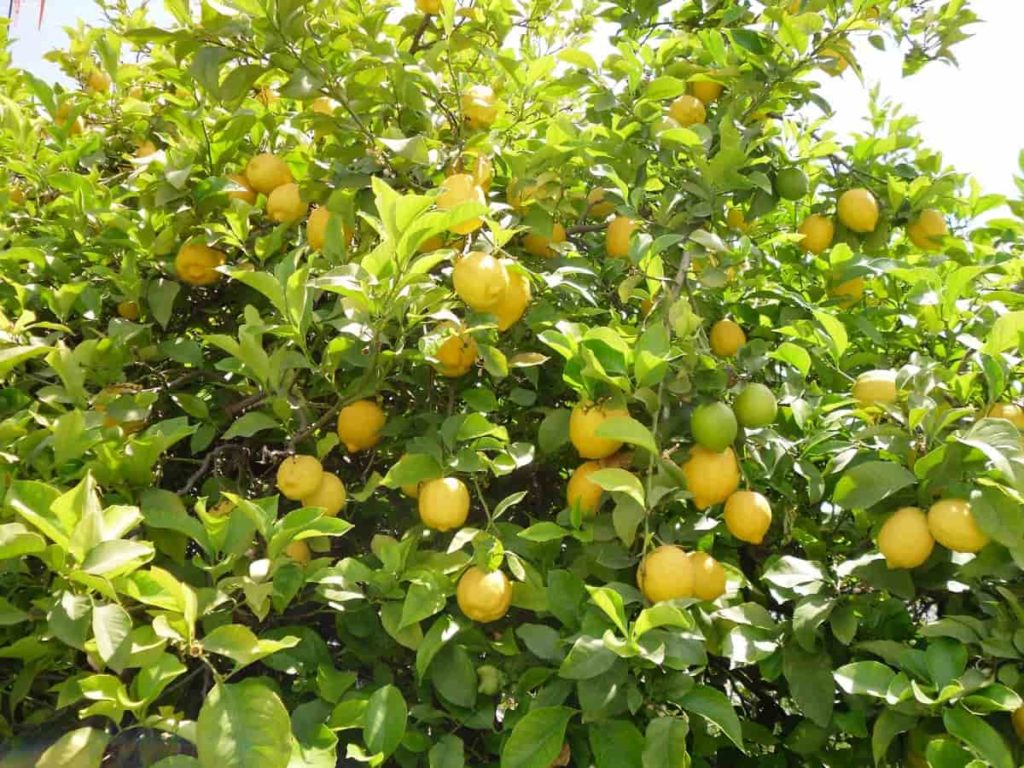
Why aren’t my Lemon seeds growing?
The seeds should be moist. If they dry, they will not sprout. Clean the gel-like coating of each seed. You can wash the seeds in cold water or suck them.
Can Lemons be grown in pots?
The requirements for Lemon trees in containers are the same for Lemon trees growing in the ground. Lemon trees need good drainage, so make sure there are drainage holes in the pot. Also, Lemon trees will need to be watered regularly.
Why isn’t my Lemon tree growing?
Lemon or any other Lemon plant requires light soil to extract well. A compacted mass of soil in the vessel will not help the feeder roots to grow from the tap root system.
Conclusion
Lemon trees are evergreen with a pleasant aroma that produces sharp, yellow fruits. Although Lemon trees grow best on the outside, they can be grown on the inside if well cared for. Therefore, Lemon trees are easy to grow from seed.
- Economical Aquaculture: A Guide to Low-Budget Fish Farming
- 15 Common Planting Errors That Can Doom Your Fruit Trees
- How to Make Houseplants Bushy: Effective Tips and Ideas
- Innovative Strategies for Boosting Coconut Pollination and Yield
- Pollination Strategies for Maximum Pumpkin Yield
- The Complete Guide to Chicken Fattening: Strategies for Maximum Growth
- Natural Solutions for Tulip Problems: 100% Effective Remedies for Leaf and Bulb-Related Issues
- Revolutionizing Citrus Preservation: Towards a Healthier, Greener Future
- Natural Solutions for Peony Leaf and Flower Problems: 100% Effective Remedies
- Maximizing Profits with Avocado Contract Farming in India: A Comprehensive Guide
- Natural Solutions for Hydrangea Problems: 100% Effective Remedies for Leaf and Flowers
- The Ultimate Guide to Choosing the Perfect Foliage Friend: Bringing Life Indoors
- From Sunlight to Sustainability: 15 Ways to Use Solar Technology in Agriculture
- The Ultimate Guide to Dong Tao Chicken: Exploring from History to Raising
- The Eco-Friendly Makeover: How to Convert Your Unused Swimming Pool into a Fish Pond
- Mastering the Art of Delaware Chicken Farming: Essentials for Healthy Backyard Flocks
- 20 Best Homemade Fertilizers for Money Plant: DIY Recipes and Application Methods
- How to Craft a Comprehensive Free-Range Chicken Farming Business Plan
- Brighten Your Flock: Raising Easter Egger Chickens for Beauty and Bounty
- How to Optimize Your Poultry Egg Farm Business Plan with These Strategies
- Subsidy for Spirulina Cultivation: How Indian Government Schemes Encouraging Spirulina Farmers
- Ultimate Guide to Raising Dominique Chickens: Breeding, Feeding, Egg-Production, and Care
- Mastering the Art of Raising Jersey Giant Chickens: Care, Feeding, and More
- Ultimate Guide to Raising Legbar Chickens: Breeding, Farming Practices, Diet, Egg-Production
- How to Raise Welsummer Chickens: A Comprehensive Guide for Beginners
- How to Protect Indoor Plants in Winter: A Comprehensive Guide
- Ultimate Guide to Grow Bag Gardening: Tips, Tricks, and Planting Ideas for Urban Gardeners
- Guide to Lotus Cultivation: How to Propagate, Plant, Grow, Care, Cost, and Profit
- Agriculture Drone Subsidy Scheme: Government Kisan Subsidy, License, and How to Apply Online
- Ultimate Guide to Raising Araucana Chickens: Breed Profile, Farming Economics, Diet, and Care
- Bringing Hydroponics to Classroom: Importance, Benefits of Learning for School Students
- Ultimate Guide to Raising Polish Chickens: Breed Profile, Farming Economics, Diet, and Care
- Ultimate Guide to Raising Australorp Chickens: Profile, Farming Economics, Egg Production, Diet, and Care
- Silkie Chicken Farming: Raising Practices, Varieties, Egg Production, Diet, and Care
- Sussex Chicken Farming: Raising Practices, Varieties, Egg Production, Diet and Care
- Homemade Feed Formulations for Livestock: Discover Cost-effective Starter to Finisher Feed Recipes